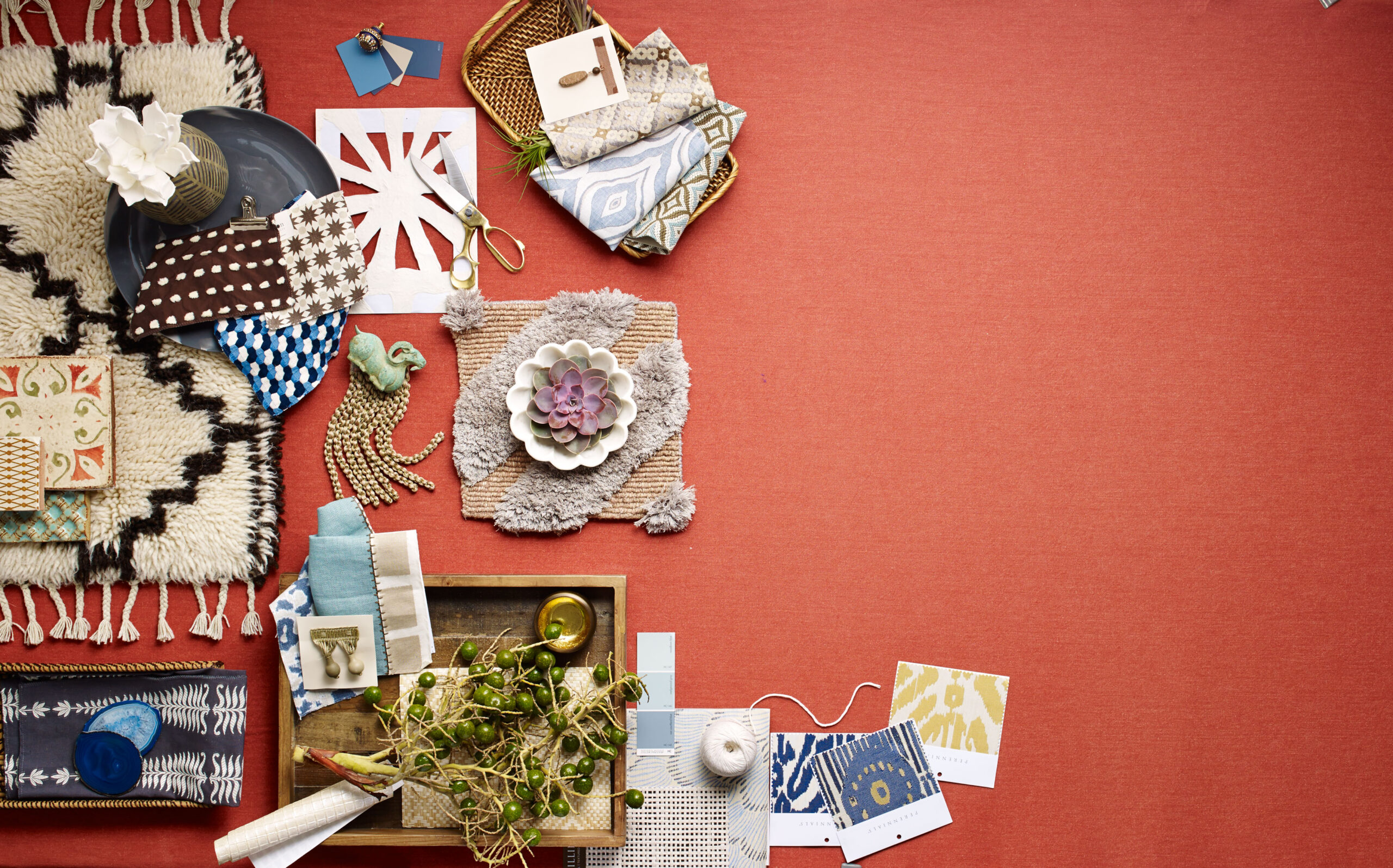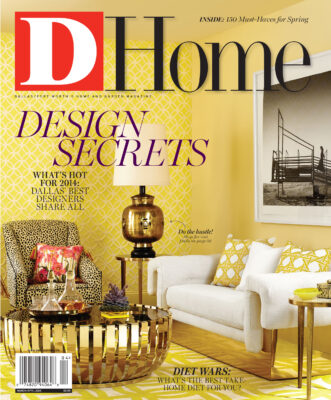WHAT DO THEY NOT WANT FROM ME?
When asked for their pet peeves (and promised anonymity for this particular question), an overwhelming amount of our designers had the same response: Indecisiveness. “A project can be a nightmare when a client cannot make a final decision,” says one. “I tell people all the time to not rush on a decision, but to think about it, feel good about it, and then forget about it.”
Another commonly voiced complaint is impatience, and the inability to withstand hiccups. Spoiler alert: There will be problems. The more prepared you are for them to occur and the more flexible you are in handling them, the better the experience will be. “Every project large or small is going to have surprises, some good, some bad,” says one designer. “Clients sometimes become too focused on the birth pains and forget that a beautiful baby is in the offing.”
Also, don’t expect a designer to read your mind when it comes to what you want. “My pet peeve is clients who are timid about fully sharing their desires and goals,” says another designer. “We cannot translate what isn’t communicated.” But once the process gets underway, have faith in your designer to make your vision a reality. Individual pieces might not make sense to you as a room is coming together, but wait to see the finished product before expressing doubt.
Clients who don’t respond to messages in a timely manner is another no-no—but being in touch too much can be irritating, too. Follow your designer’s lead when it comes to preferred communication style (texting, emailing, calling) and frequency, and respect your designer’s personal time.
In fact, many of the issues designers cited come down to respect. Micromanaging your designer every step of the way stifles their creativity and limits their control over the final outcome. Consulting a “committee” on your designer’s selections shows you question their taste or don’t value their expertise. (“It’s insulting,” said one.) Asking them to copy a room piece for piece suggests that you don’t trust their vision or abilities. Going behind your designer’s back to find better prices or cheap imitations of pieces they select undermines the work that they do.
And it bears repeating: Pay your bills on time.

HOW HAS THE INDUSTRY CHANGED?
Clients are now more educated than ever, thanks to resources like Houzz and Pinterest. While designers universally say this is a good thing, it also presents some challenges. “We have to cater our business to compete with the Internet,” says Joanie Wyll. “Sometimes the web gives clients an unrealistic view of cost, quality, and wants.”
It can also give clients a false sense of confidence. “You can practically take out your own appendix now with the information available, so [people think], ‘How hard can it be to design a house?’” says Dan Nelson.
Despite having a world’s worth of design resources at your disposal, online access is not the same as personal connections. In this regard, John Phifer Marrs says, designers still have the upper hand. “My resources are no longer very exclusive,” he admits, “but my relationships with these resources are.”
In addition to the web, smartphones have made it possible to be reached 24 hours a day, seven days a week. That’s not always a good thing. When asked what her biggest challenge as a designer was, Susan Bednar Long answered: “Balancing managing my successful firm with my personal/family life.”
As for client requests, one of the most common changes designers are seeing is a downsizing in square footage, with a focus on space efficiency. Rather than holding firm to traditional floor plans, homeowners today are unafraid to eliminate infrequently used rooms or to transform them into multi-functional spaces that serve several purposes, like a dining-room-cum-library.
Other requests designers are getting more frequently include open kitchen-living areas that serve as the hub of the home; media rooms; outdoor living spaces; and integrated technology. Many also cited a focus on more casual, livable spaces, which leads to perhaps the best modern discovery of all, summed up by Lisa Martensen: “Good design and practicality are not mutually exclusive.”






